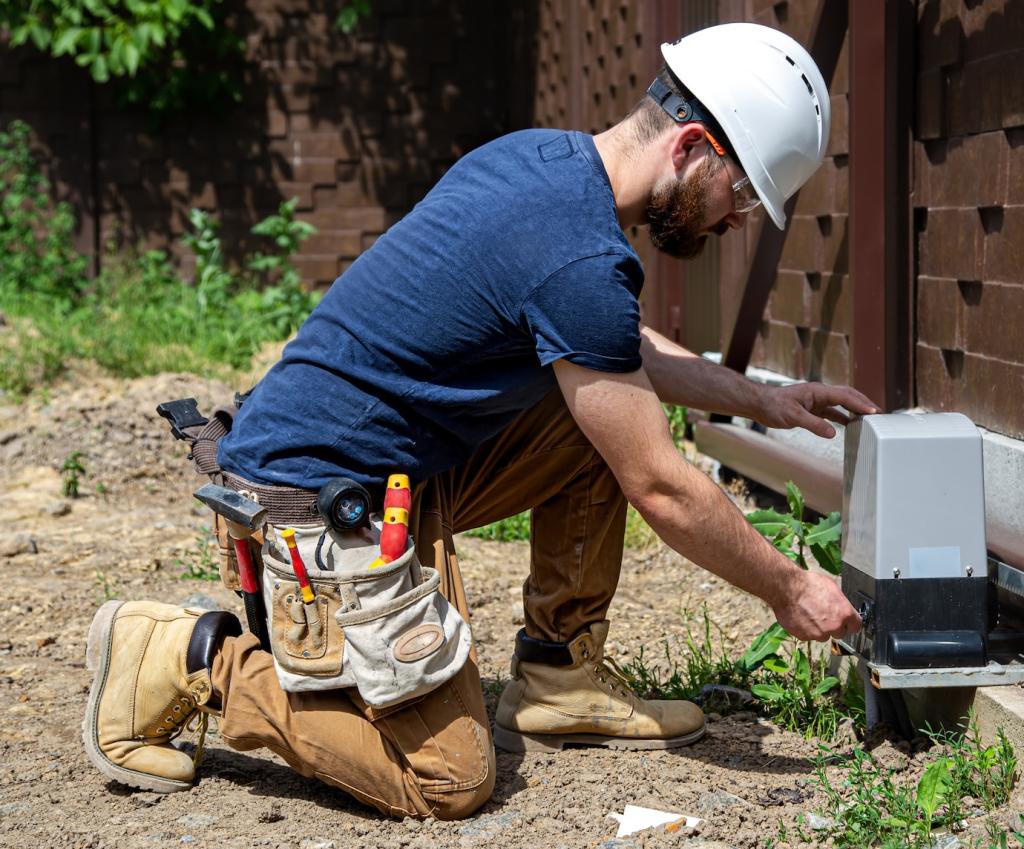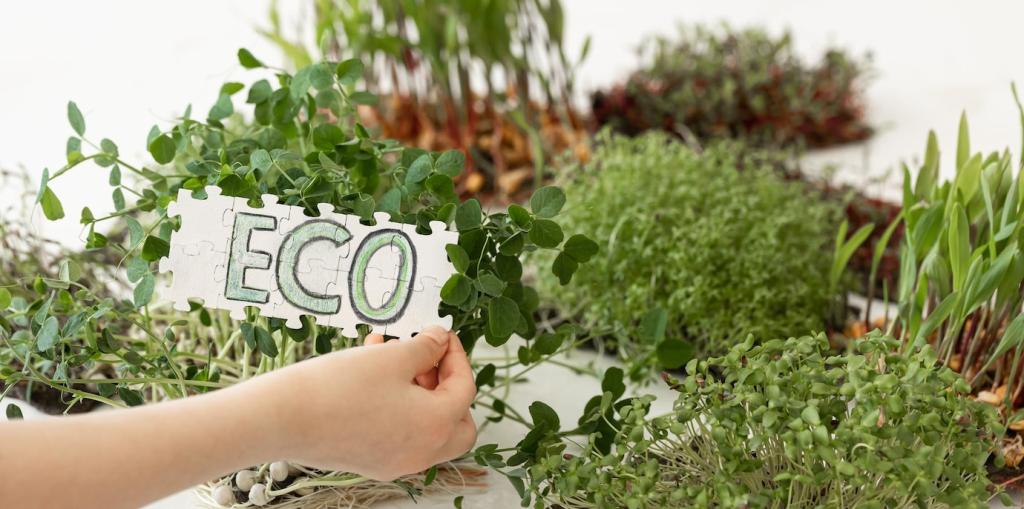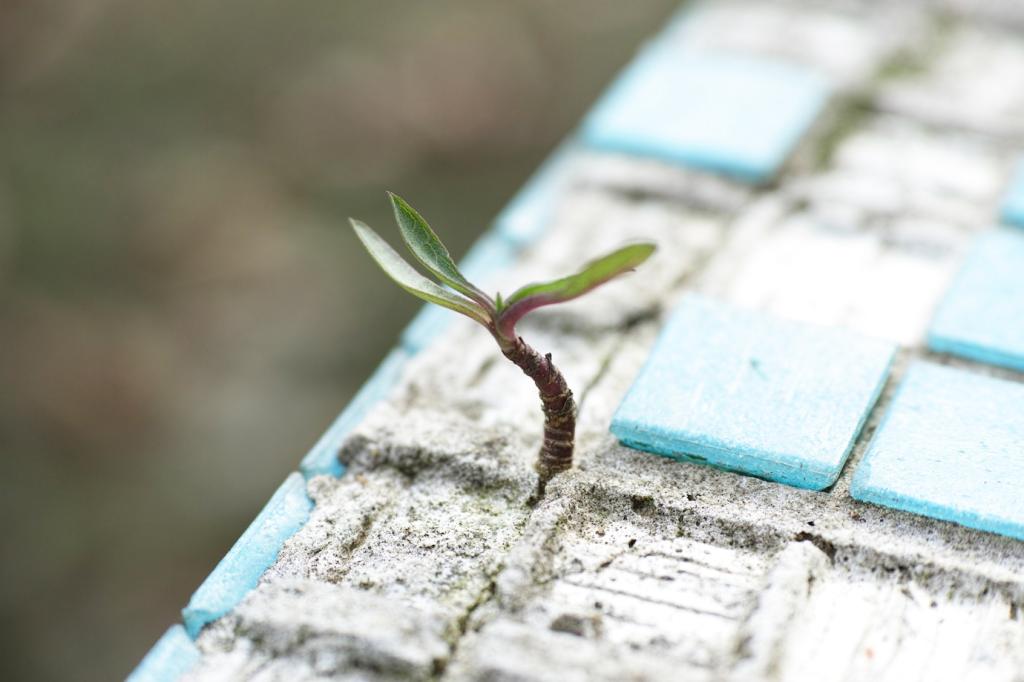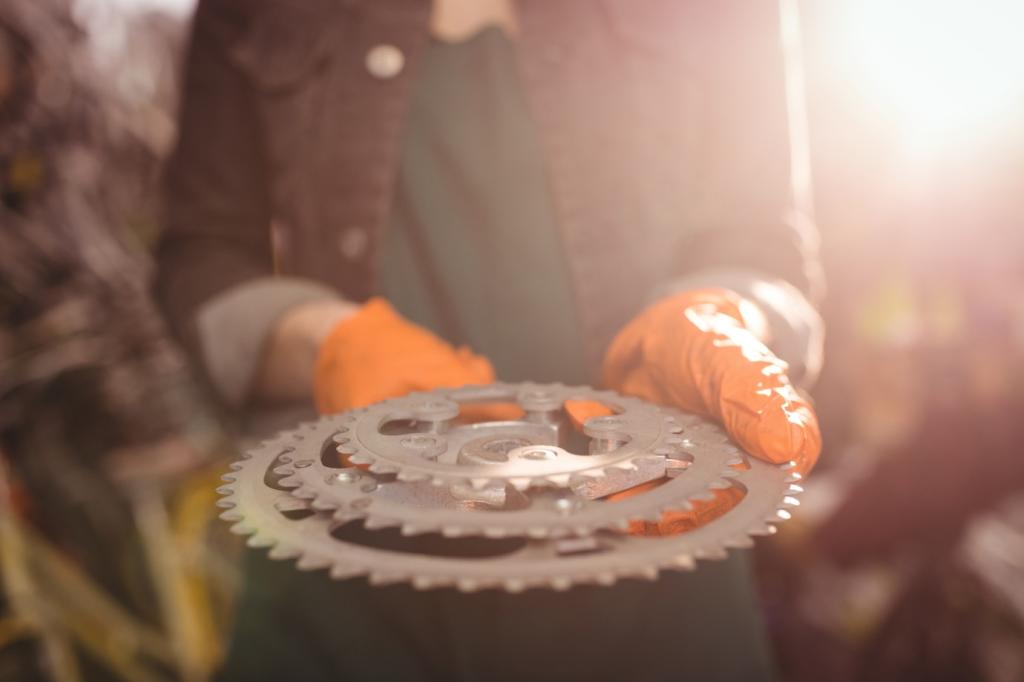
Sustainable Polishing Techniques for Wood Furniture
Chosen theme: Sustainable Polishing Techniques for Wood Furniture. Welcome to a space where natural shine meets responsible care. Here, we celebrate the beauty of timber with planet-friendly methods, practical recipes, and heartfelt stories that help you protect your furniture—and the air you breathe—while inviting you to share, subscribe, and join the conversation.
Why Sustainable Polishing Matters
Health and Indoor Air Quality
Conventional polishes often rely on solvents that off-gas for days. Plant-based oils and natural waxes minimize volatile organic compounds, protecting lungs while offering a warm, breathable finish. If you have kids, pets, or open kitchens, low-VOC choices make daily living safer and sweeter without sacrificing a luminous, touchable surface.
Longevity Over Landfill
A careful polish can delay a full refinish by years, preserving patina and preventing premature disposal. Thin, well-cured layers of oil and wax resist moisture and everyday wear, letting your table or dresser age gracefully. Repairing and re-polishing beats replacing, saving money and resources while telling a richer story with every gentle buff.
Ethics of Materials
Responsibly sourced waxes and cold-pressed oils support ecosystems and fair supply chains. Carnauba wax is plant-derived and exceptionally durable, while certified beekeeping practices protect pollinators. Choosing traceable products keeps your conscience clear and your furniture stunning. Share brands you trust and subscribe for our vetted, eco-aware material spotlights.
Eco-Friendly Polishing Materials and Tools
Plant-Based Oils and Waxes
Pure tung oil polymerizes into a water-resistant finish, while raw or cold-pressed linseed oil offers a mellow glow. Blend with carnauba or responsibly sourced beeswax for a tougher topcoat. Avoid silicone-heavy products that create slick buildup and complicate future repairs. Comment with your favorite blends and how they’ve aged over time.
Low-Impact Abrasives and Cloths
Choose fine-grit papers sparingly and use them thoughtfully to reduce waste. Micro-mesh pads last longer, and recycled cotton rags or retired T-shirts make excellent applicators. A cork sanding block supports even pressure and compostable disposal. Tell us how you upcycle tools—your tip could help another reader polish more sustainably.
A Reliable DIY Paste Recipe
Melt one part grated carnauba with four parts pure tung oil over a gentle double boiler, stirring until silky. Add a few drops of lemon or rosemary essential oil if desired, then cool to a soft balm. Always test on an inconspicuous spot. Share your tweaks, and subscribe to receive seasonal variations and curing guides.
Preparation: Clean, Smooth, and Ready

Gentle, Effective Cleaning
Mix lukewarm water with a few drops of castile soap and wipe with a barely damp cloth, lifting oils and fingerprints without swelling wood. Dry immediately with a soft towel. Skip harsh detergents; they strip protection and dull grain. What’s your go-to cleaner before polishing? Share your method to help our community learn.

Grain-Sensitive Smoothing
Lightly denib with 320–400 grit following the grain, never across it. Focus on high-touch zones where micro-scratches collect. Vacuum dust with a brush attachment, then use a lint-free tack cloth. This small ritual improves adhesion and finishes more evenly. Have you tried micro-mesh? Tell us how it changed your prep workflow.

Dust Control and Patience
Set up in a calm, dust-minimized space. Turn off fans during application and on low after ten minutes to float particles away. A clean, patient prep avoids grit in your finish and spares needless rework. Subscribe for our workshop setup checklist and tag us with photos of your tidy, sustainable polishing station.
Application Techniques for a Natural, Lasting Shine
Apply a whisper-thin layer with a soft cloth, moving with the grain. After five minutes, buff off excess to avoid stickiness. Let each coat cure fully—often 24 to 48 hours—before adding another. The slow approach reduces waste, prevents cloudiness, and makes future touch-ups easy. Comment with your favorite curing rhythm.
Application Techniques for a Natural, Lasting Shine
Hand-rubbing creates a human warmth machines rarely mimic, but gentle burnishing can raise a delicate glow. Try a brown paper bag for a final pass; it subtly smooths without cutting finish. If you’ve compared methods, tell us what felt best under your fingertips and which held up during busy weeks.


Finishing Strategies by Wood Type and Use
Hardwoods: Oak, Walnut, and Maple
Tung oil sinks deeply into oak and walnut, highlighting medullary rays and chatoyance. Maple prefers very thin coats to avoid blotching. Top with carnauba for extra abrasion resistance on desktop edges. Tell us which hardwood gave you the most satisfying glow and how many coats delivered your ideal depth.
Softwoods and Family Heirlooms
Pine and fir can blotch; pre-condition with a light oil wash and wipe promptly. Historical pieces benefit from reversible methods, keeping future conservation simple. A breathable wax topcoat preserves character while resisting smudges. Do you polish heirlooms differently? Share your approach and subscribe for our conservation-friendly technique library.
High-Touch Tables and Kid-Friendly Surfaces
For dining tables, build two or three cured oil coats with a hard wax finale. Rebuff monthly with a tiny amount of paste to maintain luster. Skip silicone sprays; they attract dust and complicate refinishing. Post your maintenance calendar in the comments to inspire a routine others can copy.
Care, Repair, and Real Stories
Set a cotton cloth over the ring and pass a warm iron briefly, lifting trapped moisture without scalding the finish. Follow with a light oil touch and gentle buff. This simple rescue often saves a weekend. Have your own trick? Share it, and subscribe for our seasonal emergency-care guide.


Care, Repair, and Real Stories
Feather the scratch’s edges with ultra-fine abrasive, dab a micro-drop of oil, and buff with a soft cloth. Finish with a small wax pass to level sheen. Avoid dark shoe polishes that stain unpredictably. What subtle repairs have worked for you? Your insights can spare another reader a full refinish.
